Tort Law Report: Analyzing Negligence, Causation, and Defenses
VerifiedAdded on 2023/04/26
|5
|719
|237
Report
AI Summary
This report provides an analysis of a tort law case involving Brandon and Hoof Hearted Adventures Ltd., focusing on the elements of negligence, duty of care, causation, and potential defenses. The report examines the legal principles applicable to the case, referencing the Donoghue v. Stevenson case law to illustrate the concept of duty of care. It identifies the essential elements of negligence action, including duty of care, standard care, and damages, and assesses the breach of duty by Hoof Hearted Adventures. The potential defenses available to the defendant, such as contributory negligence and volenti non fit injuria, are discussed. The report also highlights the damages that Brandon could claim, including financial and physical losses, and lists five important witnesses or pieces of evidence relevant to the case, including the negligent behavior of Hoof Hearted Adventures and the negligence of Brandon. It concludes that while Hoof Hearted Adventures was negligent, it could defend itself through contributory negligence.
1 out of 5
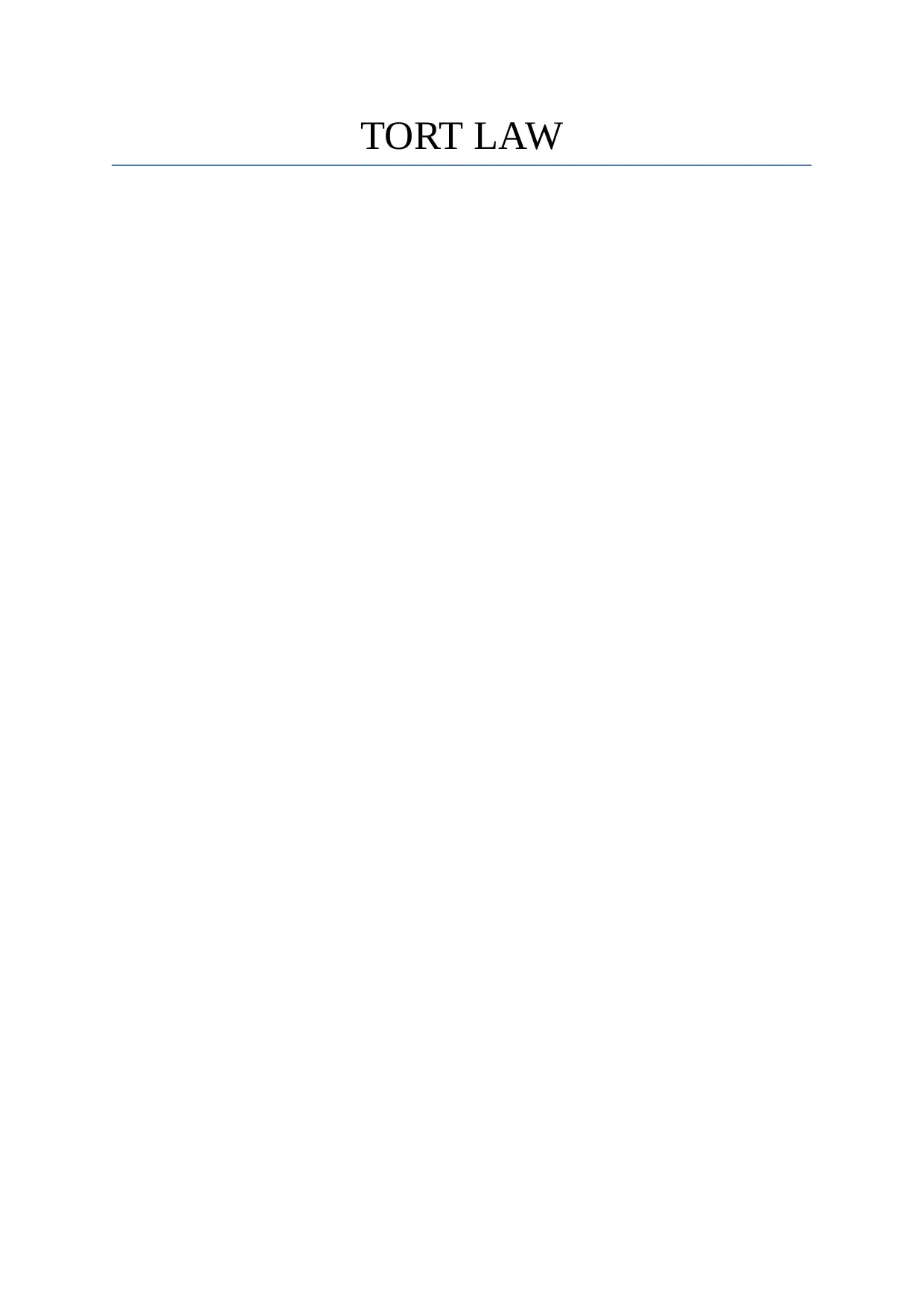
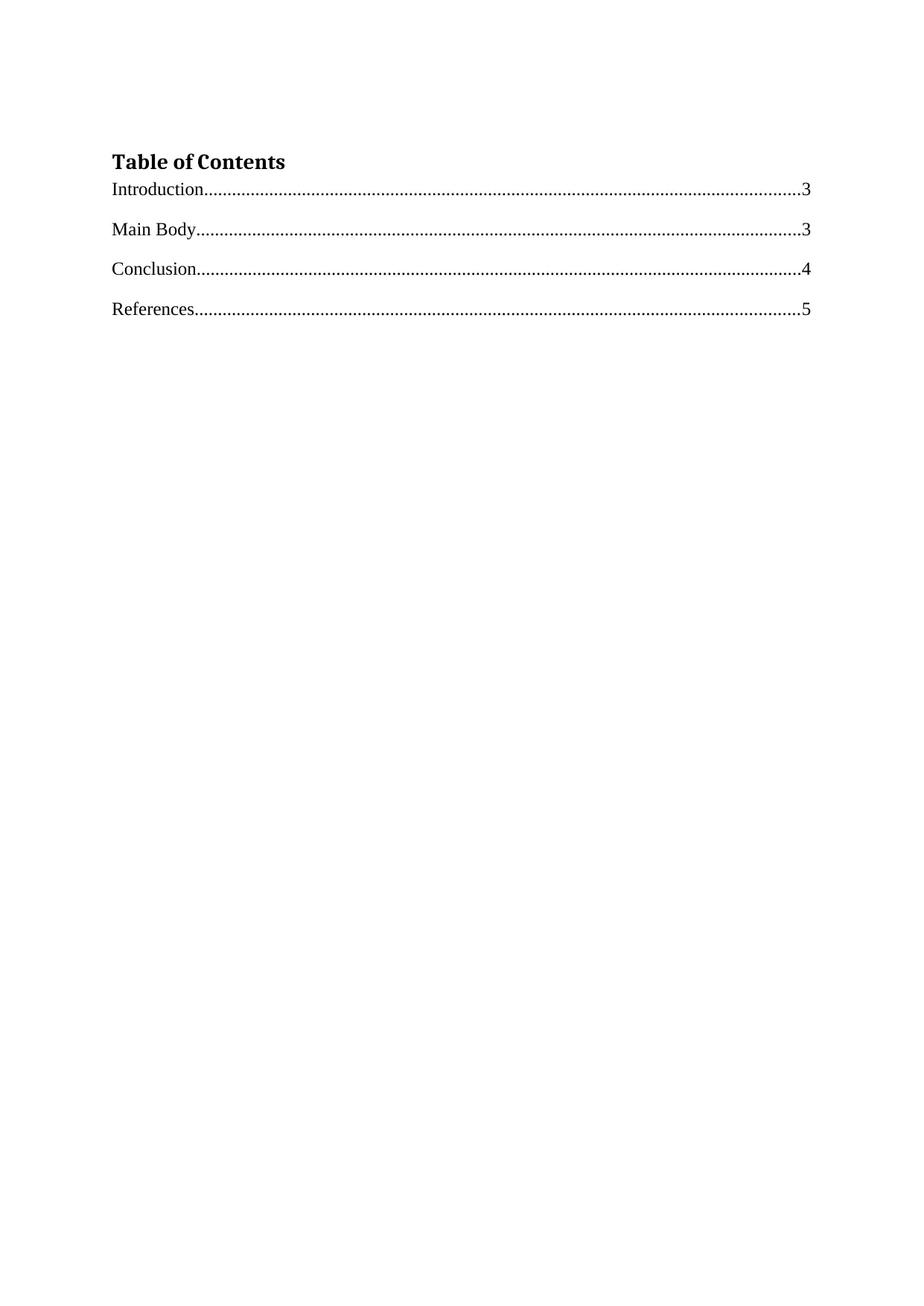
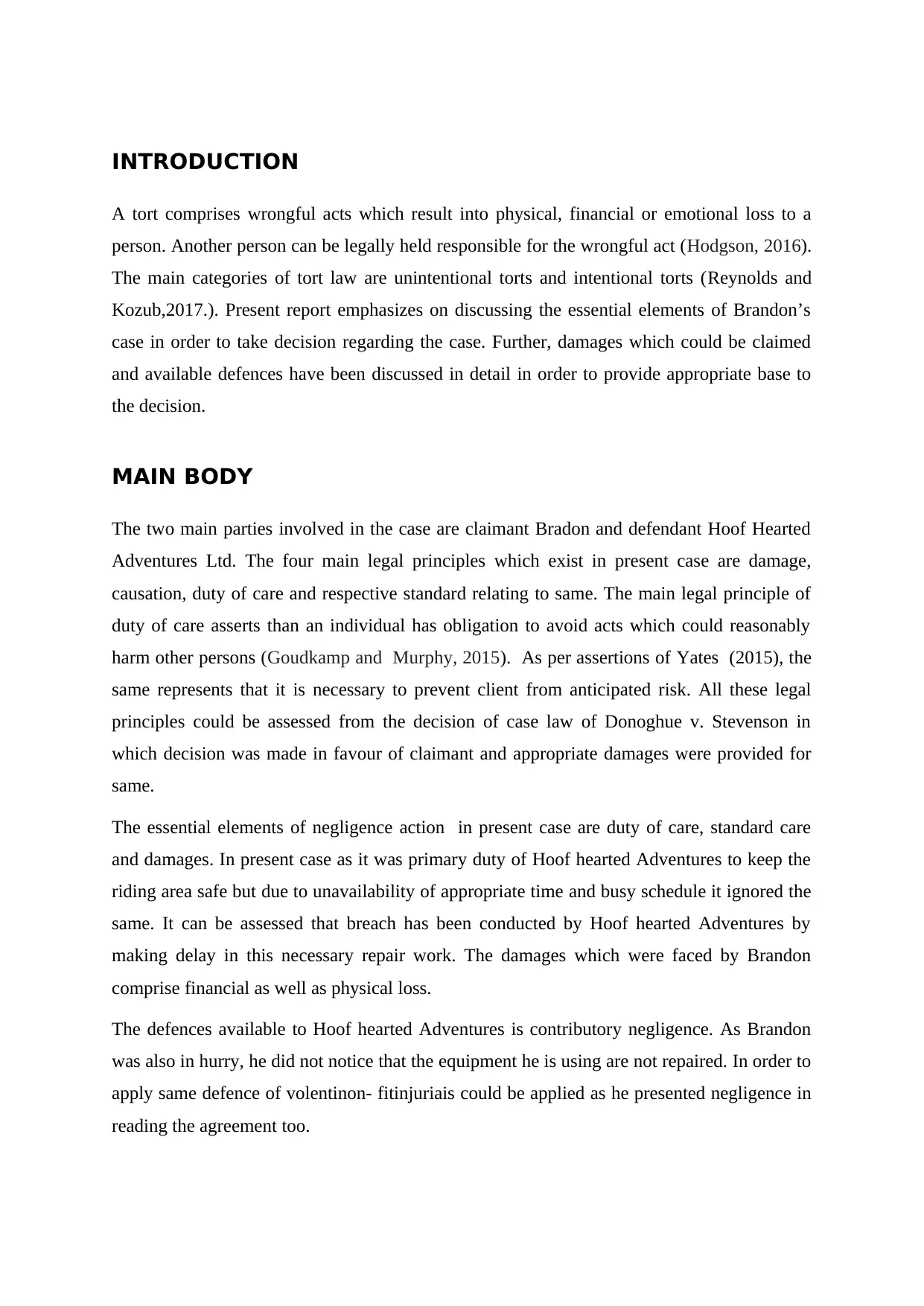

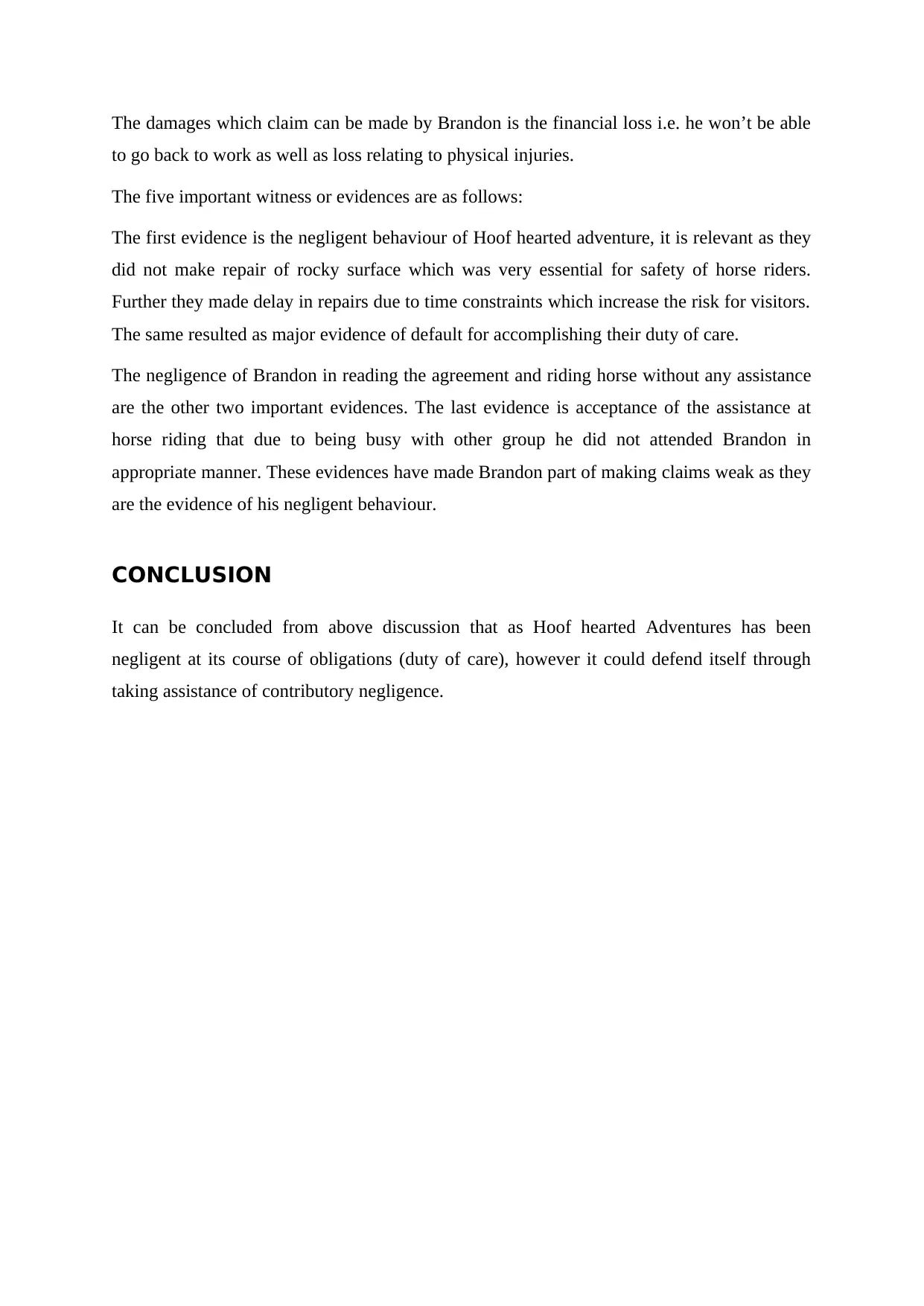
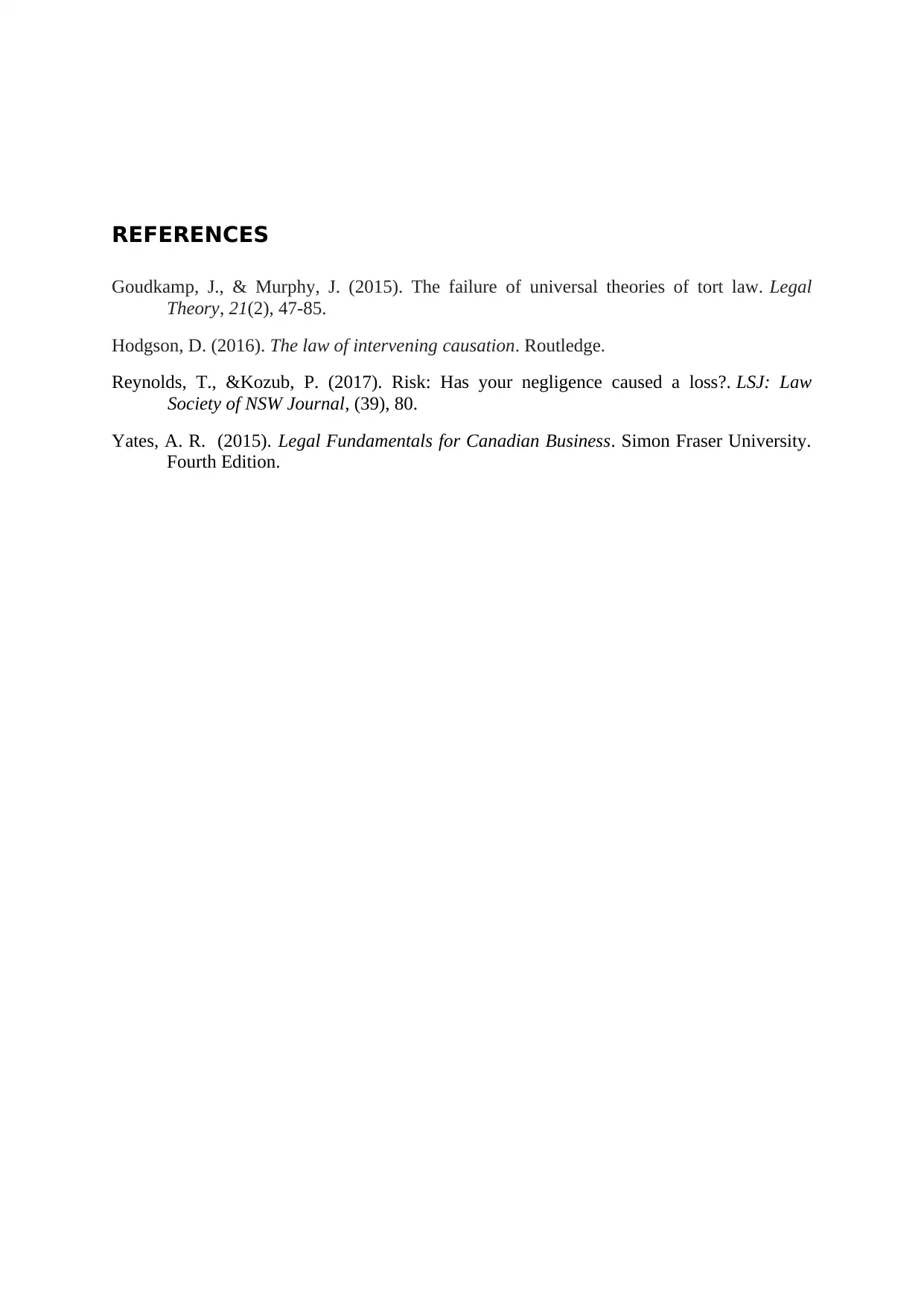






![[object Object]](/_next/static/media/star-bottom.7253800d.svg)